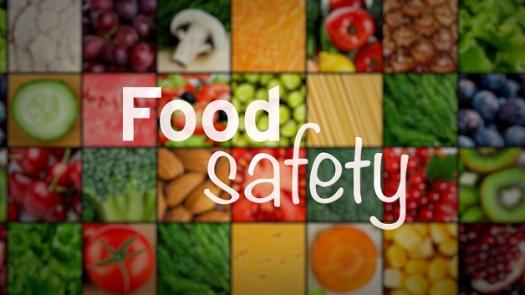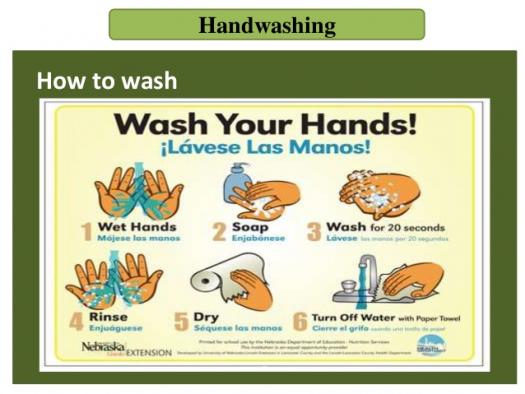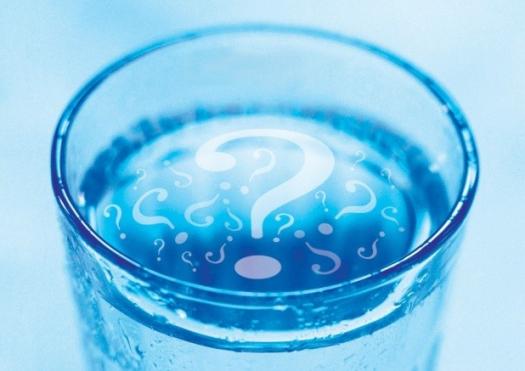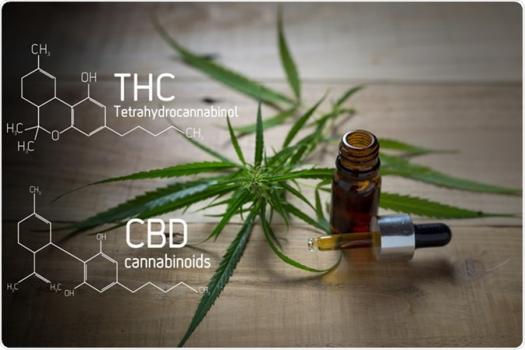Food Handler Trivia Quiz

Food safety is used as a scientific discipline that describes handling, preparation, and food storage in ways that prevent foodborne illness because food can transmit pathogens that can result in illness or death in people and animals. So, do you want to know more about food handling? Take our quiz and learn more about food handling now.
- 1.
How many key principles of food hygiene are listed by the WTO?
- A.
2
- B.
3
- C.
5
- D.
7
Correct Answer
C. 5Explanation
The WTO lists 5 key principles of food hygiene. These principles are essential for ensuring the safety and quality of food. By following these principles, countries can establish effective food safety systems and protect the health of consumers.Rate this question:
-
- 2.
What is the 5th key principle listed by the WHO?
- A.
Always manipulate food under room temperature
- B.
Use clean or new utensils
- C.
Use safe water and safe raw materials
- D.
Use clean space
Correct Answer
C. Use safe water and safe raw materialsExplanation
The 5th key principle listed by the WHO is to use safe water and safe raw materials. This principle emphasizes the importance of ensuring that the water used in food preparation is free from contaminants and that the raw materials used are of good quality and safe for consumption. By following this principle, the risk of foodborne illnesses and contamination can be significantly reduced, promoting food safety and protecting public health.Rate this question:
-
- 3.
When does contamination happen?
- A.
When food is left over and reheated the next day
- B.
When food is not cooked properly
- C.
When food is not stored below 0 degrees
- D.
When food is corrupted with another substance
Correct Answer
D. When food is corrupted with another substanceExplanation
Contamination of food occurs when it is corrupted with another substance. This can happen when foreign materials, such as chemicals, bacteria, or other contaminants, come into contact with the food. These substances can contaminate the food and make it unsafe for consumption. It is important to ensure that proper food handling and storage practices are followed to prevent contamination and maintain food safety.Rate this question:
-
- 4.
In what form can contamination be?
- A.
It's unclear
- B.
Only biological
- C.
Physical, chemical, and biological
- D.
Only physical
Correct Answer
C. Physical, chemical, and biologicalExplanation
Contamination can occur in various forms, including physical, chemical, and biological. Physical contamination refers to the presence of foreign objects such as dirt, debris, or particles in a substance. Chemical contamination involves the introduction of harmful chemicals or pollutants into a substance, which can pose health risks. Biological contamination refers to the presence of microorganisms, such as bacteria, viruses, or fungi, that can cause infections or diseases. Therefore, contamination can exist in the form of physical, chemical, and biological agents.Rate this question:
-
- 5.
What is physical contamination when it comes to food handling?
- A.
It counts food contaminants like hair, plant stalks/pieces of plastic and metal
- B.
It counts worms and mud
- C.
It counts fungus and sand
- D.
It counts human bodily fluids
Correct Answer
A. It counts food contaminants like hair, plant stalks/pieces of plastic and metalExplanation
Physical contamination refers to the presence of foreign objects in food that can cause harm or discomfort to the consumer. These objects can include hair, plant stalks, pieces of plastic, or metal. This type of contamination is easily detectable and can be prevented through proper food handling and quality control measures.Rate this question:
-
- 6.
What is chemical contamination when it comes to fand handling?
- A.
When food is stored in a non aerated room
- B.
It's when food is contaminated with a natural/ artificial chemical substance
- C.
When food is voluntary mixed with detergent
- D.
When food touches the floor
Correct Answer
B. It's when food is contaminated with a natural/ artificial chemical substanceExplanation
Chemical contamination refers to the situation when food becomes contaminated with a natural or artificial chemical substance. This can occur when food comes into contact with chemicals such as pesticides, cleaning agents, or other toxic substances. The presence of these chemicals in food can pose health risks to consumers if ingested. Therefore, it is important to ensure proper handling and storage of food to prevent chemical contamination.Rate this question:
-
- 7.
What are the common sources of chemical contamination?
- A.
Pesticides, herbicides, and veterinary drugs.
- B.
Herbicides
- C.
Chicken pox
- D.
The plague
Correct Answer
A. Pesticides, herbicides, and veterinary drugs.Explanation
The common sources of chemical contamination include pesticides, herbicides, and veterinary drugs. These substances are widely used in agriculture and animal husbandry to control pests, weeds, and diseases. However, if not used properly or if they enter the environment through runoff or improper disposal, they can contaminate water sources, soil, and food, posing health risks to humans and animals. Therefore, it is important to regulate and monitor the use of these chemicals to prevent contamination and protect the environment and public health.Rate this question:
-
- 8.
What is biological contamination when it comes to food handling?
- A.
When food has been contaminated by substances produced by dead creatures
- B.
When food has been contaminated by substances produced by sea creatures
- C.
When food has been contaminated by substances produced by living creatures
- D.
When food has been contaminated by substances produced by fungus
Correct Answer
C. When food has been contaminated by substances produced by living creaturesExplanation
Biological contamination in food handling refers to the situation when food is contaminated by substances produced by living creatures. This can include bacteria, viruses, parasites, or other microorganisms that can contaminate food and cause foodborne illnesses. These living organisms can multiply in food and can pose a health risk if consumed. Therefore, proper food handling practices, such as proper cooking, storage, and hygiene, are essential to prevent biological contamination and ensure food safety.Rate this question:
-
- 9.
What are known examples of biological contaminations?
- A.
Current contamination
- B.
Invisible contamination
- C.
Viral and parasite contamination
- D.
Cutaneous contamination
Correct Answer
C. Viral and parasite contaminationExplanation
The correct answer is viral and parasite contamination. Viral and parasite contamination are examples of biological contaminations that can occur in various environments. Viruses and parasites can infect living organisms and cause diseases or infections. These contaminants can be transmitted through various means such as contaminated food or water, insect bites, or direct contact with infected individuals. It is important to identify and control viral and parasite contamination to prevent the spread of diseases and maintain public health.Rate this question:
-
- 10.
What is the most recent example of biological contamination in food in the US?
- A.
Cow disease
- B.
The bird flue
- C.
Tainted Romaine Lettuce
- D.
The red plague
Correct Answer
C. Tainted Romaine LettuceExplanation
Tainted Romaine Lettuce is the most recent example of biological contamination in food in the US. This refers to the outbreak of E. coli contamination in romaine lettuce that occurred in 2018. The contamination led to numerous cases of illness and even deaths across multiple states. As a result, the Centers for Disease Control and Prevention (CDC) issued a warning advising consumers to avoid consuming any romaine lettuce until the source of the contamination was identified and removed from the market. The incident highlighted the importance of food safety measures and the need for proper handling and monitoring of food products to prevent such outbreaks.Rate this question:
-
Quiz Review Timeline +
Our quizzes are rigorously reviewed, monitored and continuously updated by our expert board to maintain accuracy, relevance, and timeliness.
-
Current Version
-
Aug 19, 2023Quiz Edited by
ProProfs Editorial Team -
Jun 03, 2019Quiz Created by
Anouchka
 Back to top
Back to top



(625).jpg)



(626).jpg)




